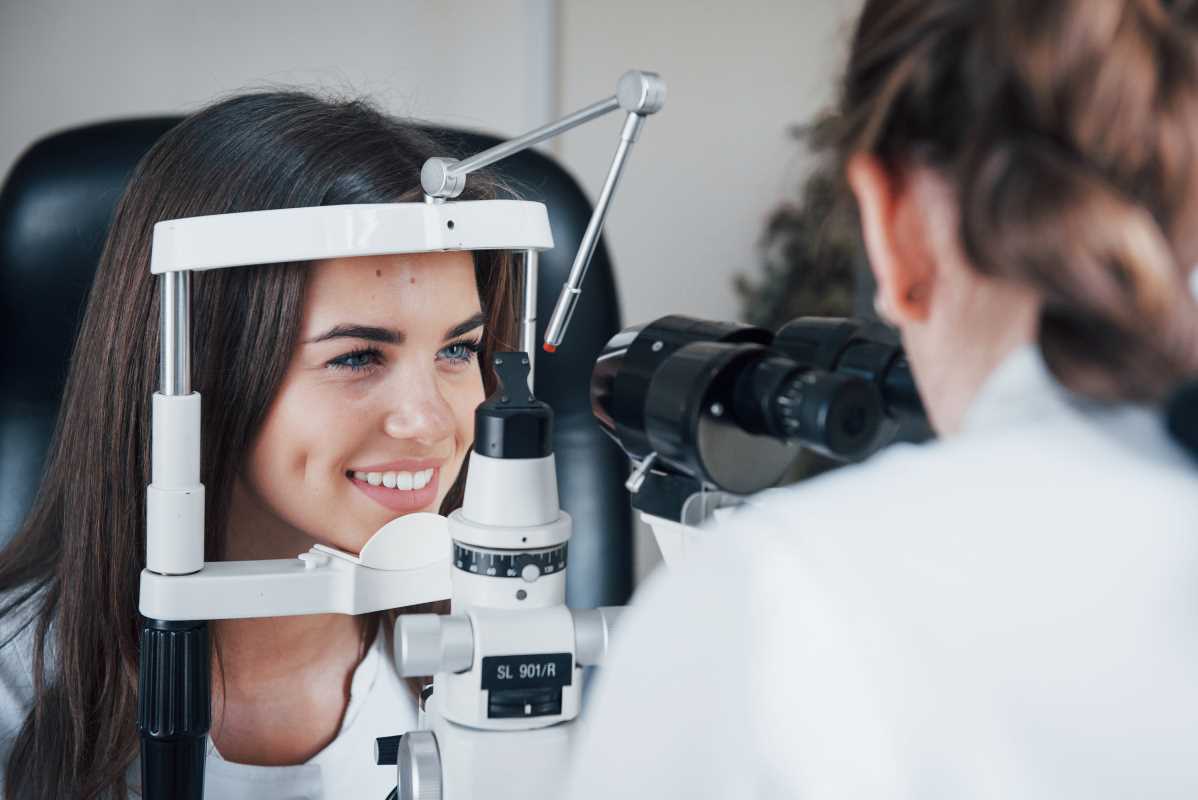Vision is one of the most cherished senses, yet millions around the globe face challenges due to genetic vision disorders. These conditions, while rare, profoundly impact individuals’ quality of life and often manifest early in childhood. However, advances in genetics, biotechnology, and clinical research are opening new frontiers in diagnosis and treatment, offering hope to those affected.
Understanding Rare Genetic Vision Disorders
Rare genetic vision disorders stem from mutations in the genes responsible for eye development and function. These conditions can range from mild vision impairment to complete blindness.
Common Types of Genetic Vision Disorders:
- Retinitis Pigmentosa (RP): A progressive disorder that causes the degeneration of photoreceptor cells in the retina.
- Symptoms: Night blindness, loss of peripheral vision, and eventual total blindness.
- Cause: Mutations in more than 60 genes.
- Stargardt Disease: A form of juvenile macular degeneration affecting the central retina.
- Symptoms: Loss of central vision, difficulty reading, and distorted vision.
- Cause: Mutations in the ABCA4 gene.
- Leber Congenital Amaurosis (LCA): A group of inherited retinal dystrophies causing severe visual impairment from birth.
- Symptoms: Nystagmus (involuntary eye movement), extreme sensitivity to light, and poor vision.
- Cause: Mutations in genes such as RPE65 and CEP290.
- Achromatopsia: A condition characterized by total color blindness.
- Symptoms: Poor visual acuity, sensitivity to light, and an inability to perceive colors.
- Cause: Mutations in CNGA3 or CNGB3 genes.
- Choroideremia: A disorder primarily affecting males, leading to progressive loss of vision.
- Symptoms: Night blindness, narrowing visual fields, and eventual blindness.
- Cause: Mutation in the CHM gene.
Challenges in Treating Genetic Vision Disorders
The treatment of genetic vision disorders is particularly challenging due to the complexity of the human eye and the diverse genetic mutations involved.
Key Challenges:
- Genetic Diversity: Hundreds of genes are implicated in vision disorders, complicating diagnosis and treatment
- development.
- Early-Onset Symptoms: Many conditions manifest in childhood, limiting early intervention options.
- Degenerative Nature: Progressive loss of vision requires therapies that can halt or reverse damage.
- Blood-Retinal Barrier: This protective layer limits the delivery of systemic treatments to the retina.
Cutting-Edge Treatments Transforming Care
Medical science advances have led to various innovative treatments targeting the underlying causes of genetic vision disorders.
1. Gene Therapy: Gene therapy involves delivering a functional copy of the defective gene to affected cells, enabling them to produce necessary proteins and restore function.
Success Story: Luxturna
- Approved by the FDA in 2017, Luxturna treats LCA caused by RPE65 mutations.
- Delivered via subretinal injection, Luxturna has restored vision in numerous patients.
- This therapy represents a milestone in the treatment of inherited retinal diseases.
Expanding Horizons
- Ongoing trials are exploring gene therapy for conditions like RP, achromatopsia, and choroideremia.
- Advances in viral vectors (e.g., adeno-associated viruses) are improving safety and efficacy.
2. CRISPR and Gene Editing: CRISPR-Cas9, a revolutionary gene-editing tool, offers the potential to directly correct genetic mutations.
- Preclinical Studies: Researchers use CRISPR to edit RP and LCA genes.
- Precision Medicine: CRISPR’s ability to target specific DNA sequences makes it ideal for monogenic disorders.
- Ethical Considerations: While promising, CRISPR requires rigorous oversight to prevent off-target effects and ensure patient safety.
3. Stem Cell Therapy: This aims to replace damaged or lost retinal cells with healthy ones derived from stem cells.
- Retinal Organoids: Lab-grown mini-retinas created from patient-specific stem cells are being used to study diseases and test treatments.
- Cell Transplantation: Clinical trials are evaluating the transplantation of retinal pigment epithelial (RPE) cells to treat macular degeneration and RP.
- Challenges: Ensuring cell survival and integration into the host retina remains a hurdle.
4. Pharmacological Interventions: Small molecules and biologics are being developed to slow disease progression or preserve existing vision.
- Neuroprotective Agents: These drugs aim to protect photoreceptor cells from degeneration.
- Gene-Specific Therapies: Drugs targeting specific genetic pathways, such as RNA-based therapies, show promise for conditions like Stargardt disease.
- Anti-Inflammatory Treatments: Reducing inflammation in the retina can mitigate damage in some disorders.
5. Artificial Vision and Retinal Implants: Artificial vision systems and implants offer hope for individuals with advanced vision loss.
- Bionic Eyes: Devices like the Argus II retinal prosthesis translate visual information into electrical signals, stimulating the retina.
- Optogenetics: This technique uses light-sensitive proteins to restore light perception in patients with RP.
- Future Potential: Combining these technologies with gene therapy may enhance outcomes.
6. Digital and Wearable Assistive Technologies: While not curative, assistive technologies enhance quality of life for individuals with vision impairment.
- Smart Glasses: Devices that magnify, adjust contrast, and provide audio descriptions.
- Mobile Apps: Applications that offer navigation assistance or object recognition.
- Virtual Reality (VR): VR tools are being explored for visual rehabilitation and training.
The Role of Early Diagnosis and Genetic Testing
Timely diagnosis is critical for effective management and treatment of genetic vision disorders.
Benefits of Genetic Testing:
- Accurate Diagnosis: Identifies the specific genetic mutation causing the condition.
- Personalized Treatment: Enables tailored therapies based on genetic profiles.
- Family Planning: Provides insights into inheritance patterns and risks for future generations.
Advancements in next-generation sequencing (NGS) have made genetic testing more accessible and affordable, revolutionizing the identification of these disorders.
Promising Research and Future Directions
The field of ophthalmology is witnessing unprecedented innovation, with numerous breakthroughs on the horizon.
Combination Therapies: Integrating gene therapy, stem cell treatments, and pharmacological approaches for synergistic effects.
- Biomarkers: Developing reliable biomarkers to track disease progression and treatment efficacy.
- Global Accessibility: Efforts to make advanced treatments affordable and available in low-resource settings.
The combination of cutting-edge science, collaborative research, and patient advocacy is accelerating progress in addressing rare genetic vision disorders, transforming the lives of countless individuals worldwide.







